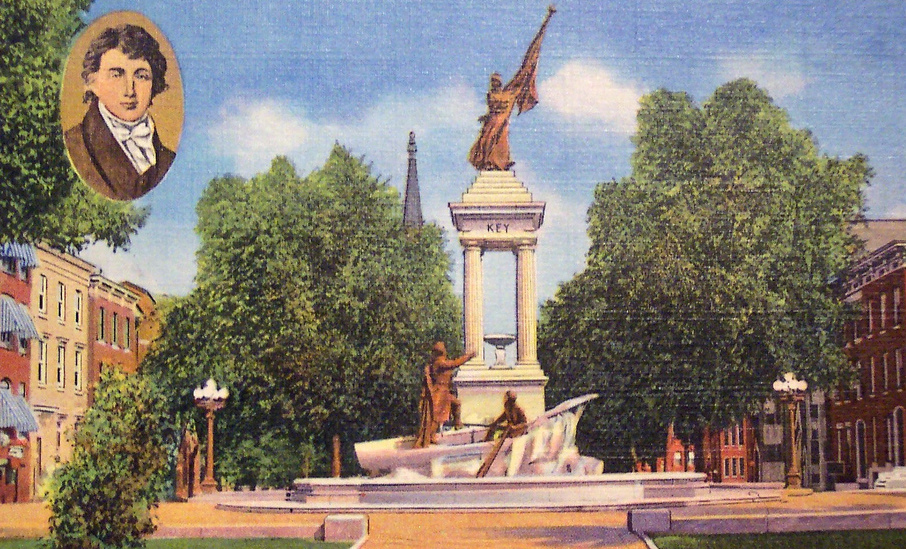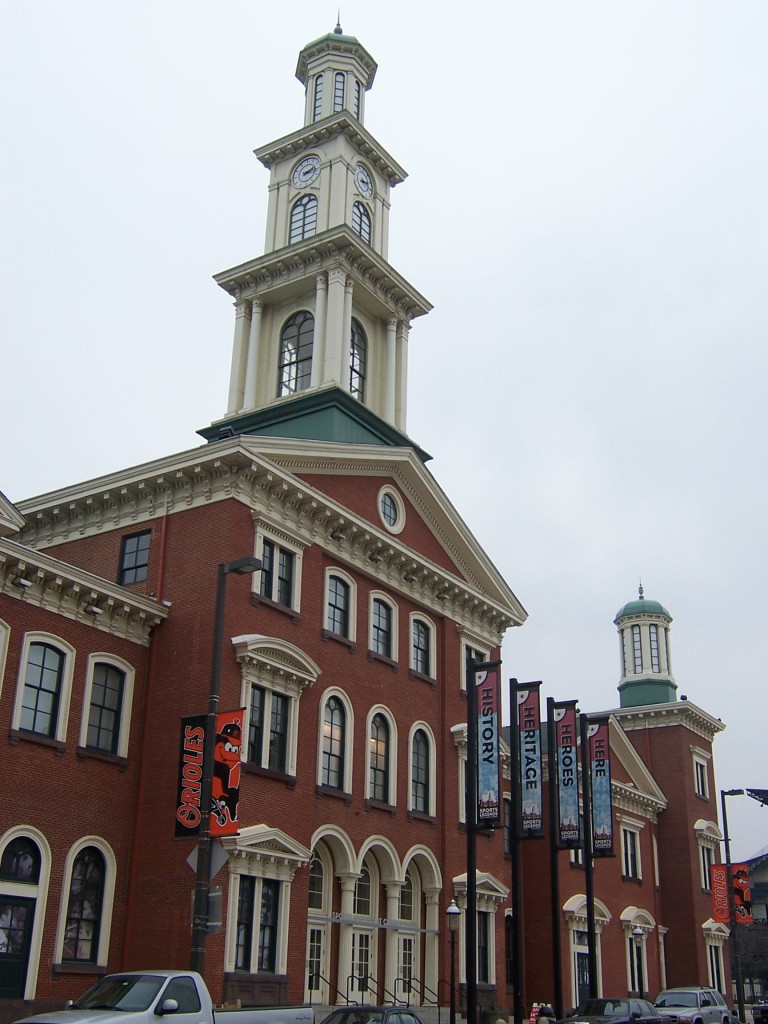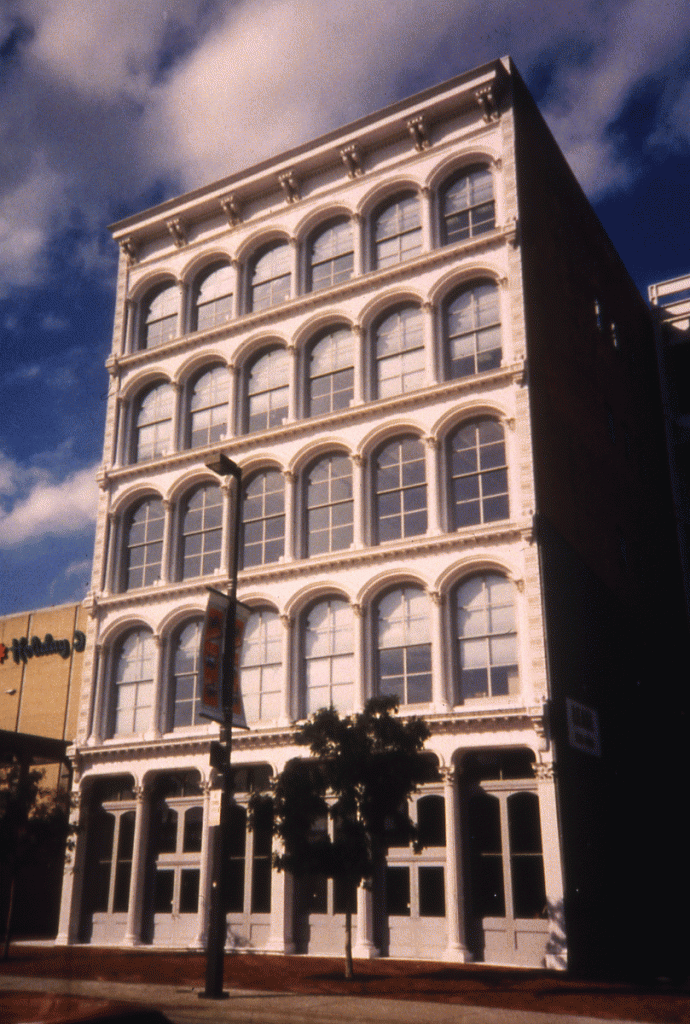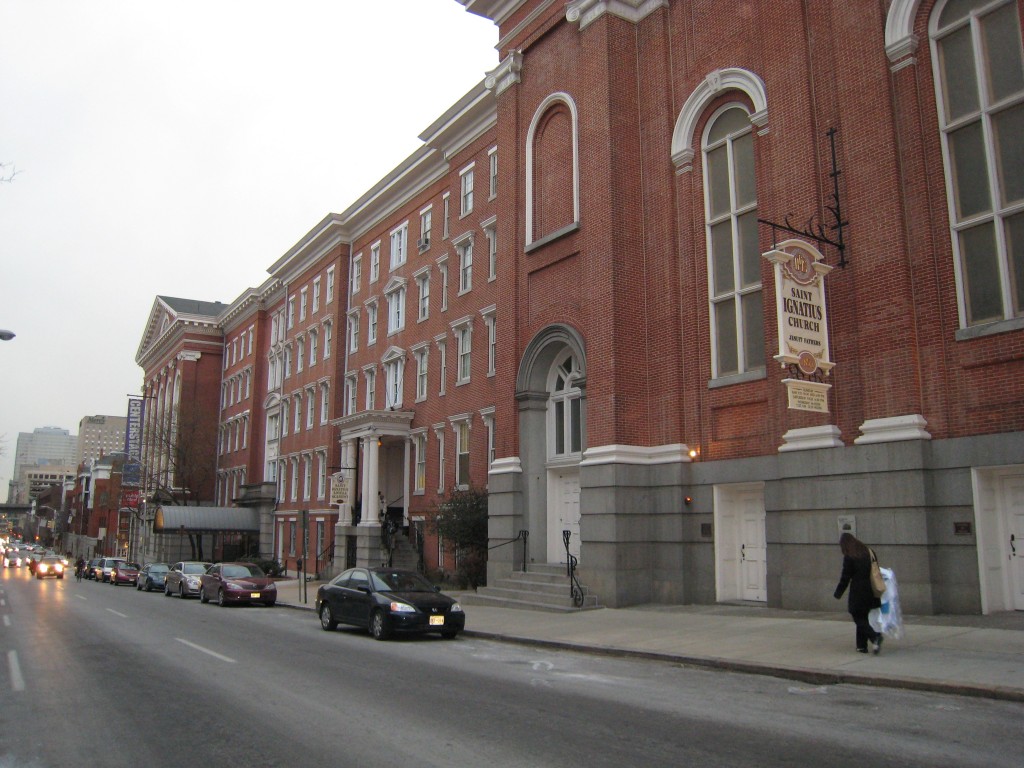
Why is the Francis Scott Key Monument on Eutaw Place sometimes called the monument that cigars built? Who was Baltimore’s great hero in the Mexican War of 1846-7 and how is he connected to the Maryland State Song, James Ryder Randall’s poem “Maryland My Maryland”? Please join us for stroll through historic Bolton Hill and an evening of Baltimore history as told through these and other stories of our public monuments. Our tour guides will be Cindy Kelly, author of a soon-to-be-published book on Baltimore’s monuments, and monument preservation leader Sandy Sparks.
Tour Information
Date: Tuesday, August 10, 2010
Time: 6:00 to 7:15 p.m.
Place: Meet at the Francis Scott Key Monument at Eutaw Place and Lanvale St.
Park along the street
Cost: $10 for members / $20 for non-members (cold water included!)
Registration: Click Here to Register




